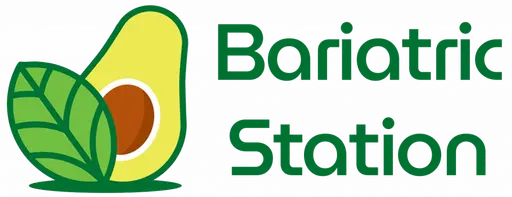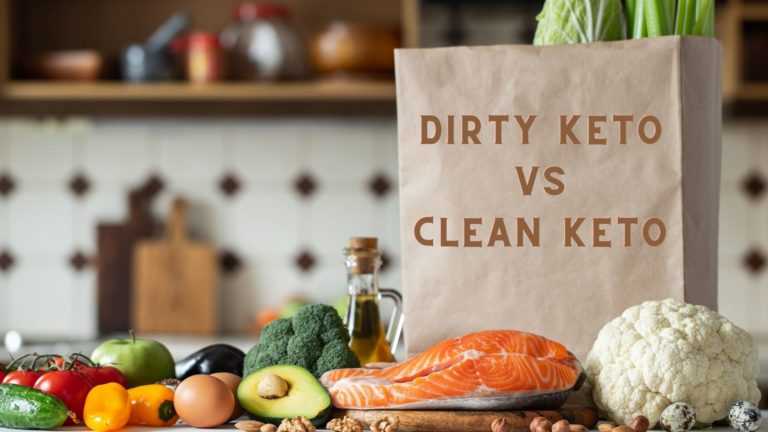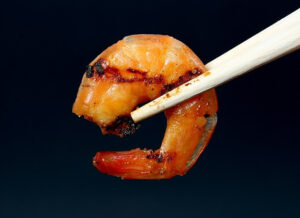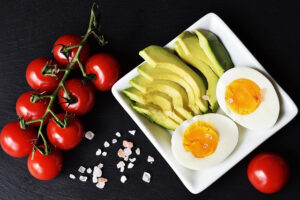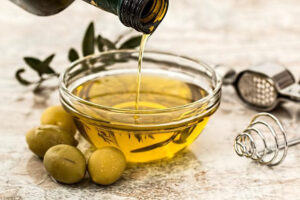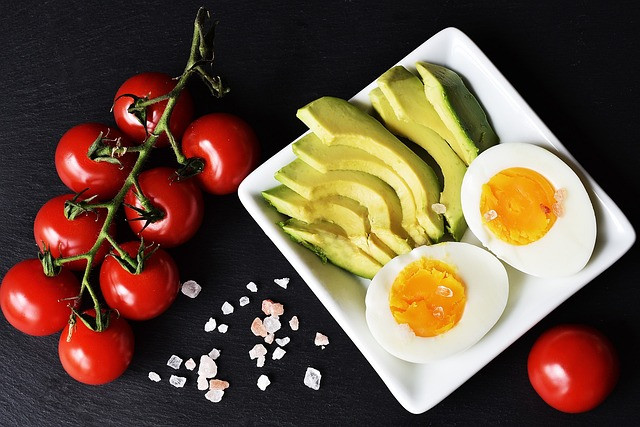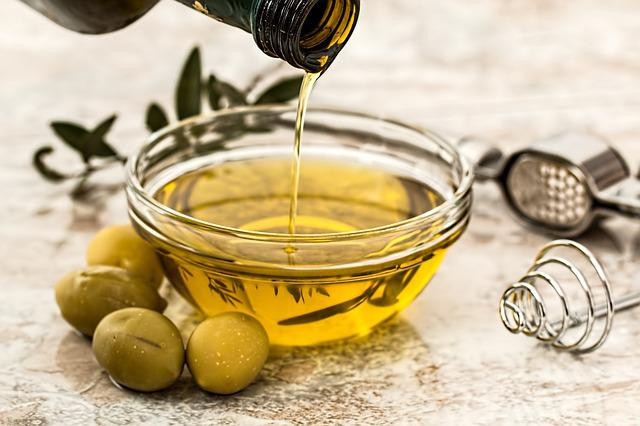So many who have struggled with weight loss have benefited from the keto diet. But it’s a diet that has since been split into two separate diets: one that’s been around for over a century, and the other that’s a recent twist on current eating habits: How do you determine whether to eat clean vs. dirty keto? Clean keto, [1] as compared to the Standard American Diet (SAD), is not used only to lose weight quickly, but it also has a number of potential health benefits that aren’t related to weight loss: clean keto can help improve energy levels, enhance brain control, and support athletic success for both amateurs and professionals. In this article we will go hands to hands with clean keto vs. dirty keto.
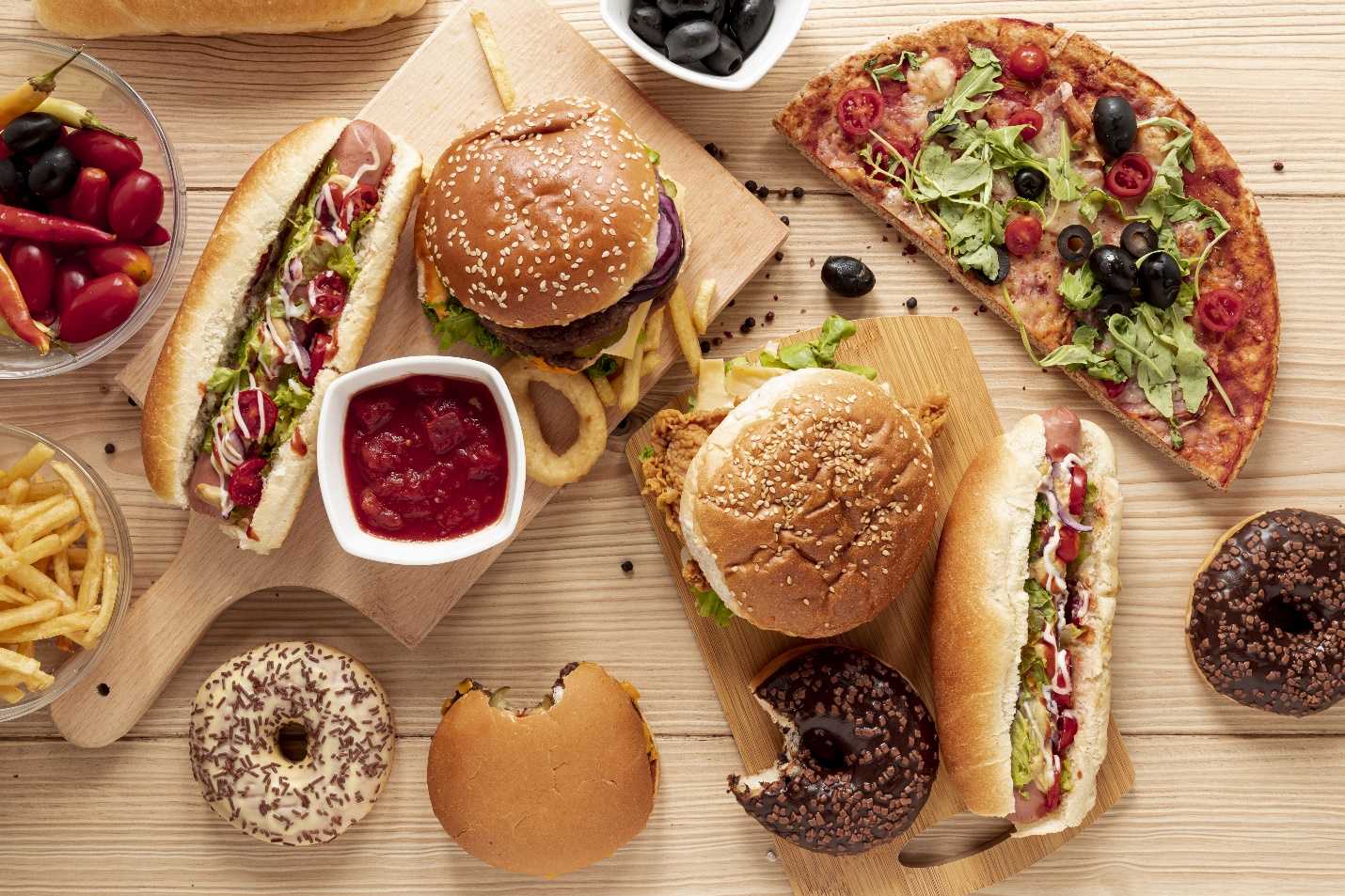
The keto diet has grown in popularity in recent years, and more people are reaping the benefits. However, as interest in the high-fat, moderate-protein, low-carb diet that makes the body burn fat rather than carbs, food items and marketing geared toward the keto customer has emerged. As a result, determining which foods are best to eat on a keto diet can be challenging. Luckily, there is indeed a wealth of information on the subject. In keto groups, you may have used some of the terms associated with it, such as “clean keto” and “dirty keto.”
Keto is now supported by science, and several doctors recommend it for weight loss, as do some celebrities (such as Tim Tebow and Halle Berry). It’s become so commonplace that several variations on the original keto diet have emerged in recent years. Modified low-carb methods like ‘lazy keto’ and ‘dirty keto’ have also become common, which can be confusing if you’re new to the keto diet. Here’s everything you need to know about clean keto, lazy keto, and dirty keto, including the advantages and disadvantages of each, as well as which form of keto may be better for you.
Understanding Clean Keto
The word “clean keto” refers to the traditional ketogenic diet, which consists primarily of low-carb vegetables, lean and fatty meats, and healthy fats such as nuts and coconut oil. Clean keto emphasizes food quality and focuses on whole, nutrient-dense foods. Grains, potatoes, bread, and certain fruits, which are high in carbohydrates, are heavily limited or prohibited.
You should limit your carb intake to under 50 grams per day to be considered ketogenic. This value is low enough to put your body into ketosis, which means your liver produces ketones instead of glucose, your body uses ketones for energy. The main advantage of clean keto is that the foods you consume are high in basic vitamins, minerals, and nutrients like fiber, all of which will help you lose weight and are beneficial to your overall health.
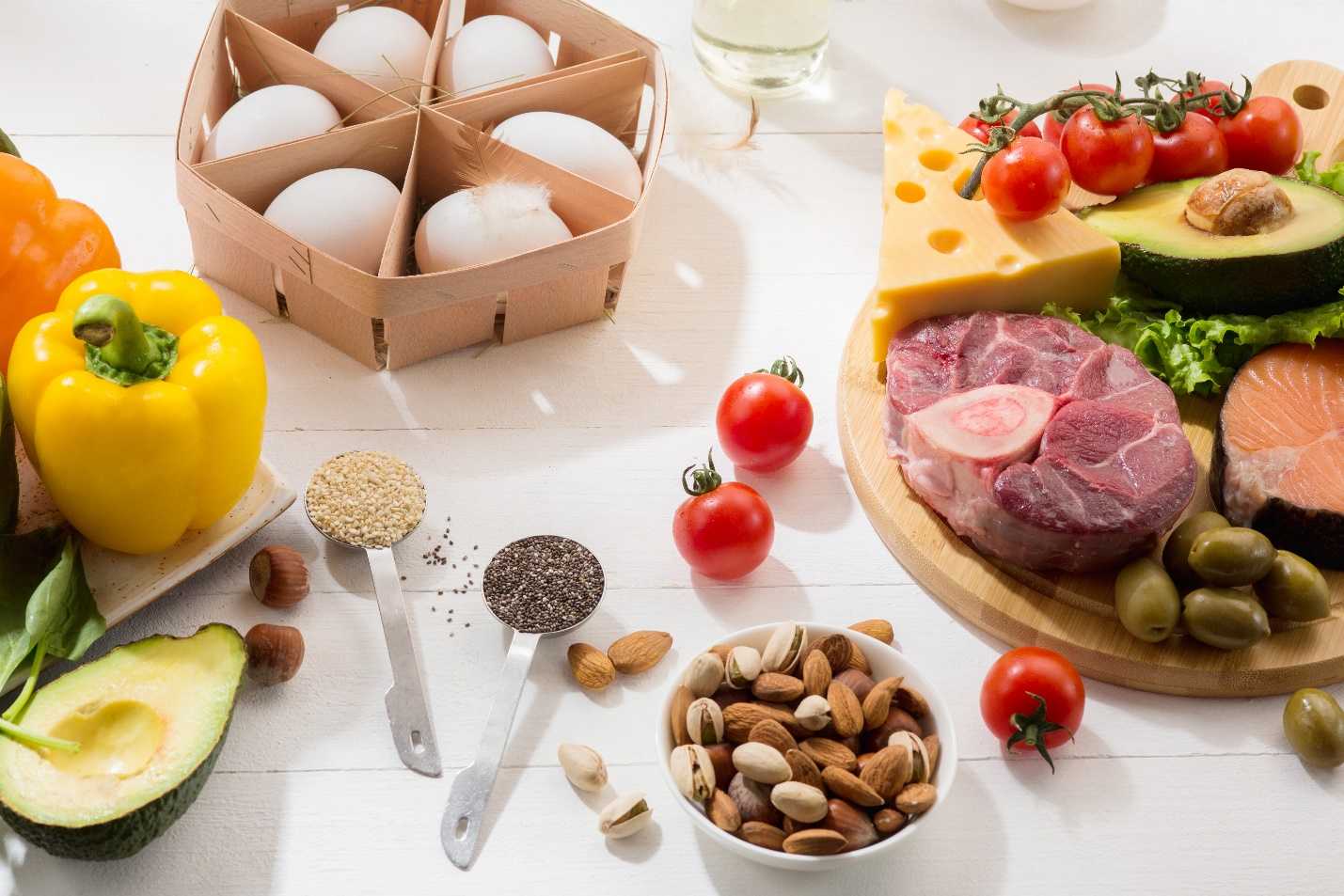
How to Maintain Clean Keto
The clean keto diet is based on the concept that eating a set macronutrient breakdown of mostly healthy fats, moderate amounts of high-quality protein, and limited carbohydrates (less than 50 grams per day) provides your body with the fuel it needs to lose body fat without hunger, exhaustion, or fatigue.
Your body enters a metabolic condition known as “nutritional ketosis” [2] when you cut back on carbs. Instead, the liver transforms fat into ketones for energy, for both your body and mind. Ketones also boost the production of brain-derived neurotrophic factor (BDNF), which helps your brain’s existing neurons while also promoting the development of new neurons and synapses. [3]
Good fats such as avocados, grass-fed butter, olives, olive oil, coconut oil, nuts, nutter butter, and seeds supply the bulk of the calories in the clean keto diet. Bear in mind, however, that certain nuts and seeds are superior to others. Brazilian nuts, almonds, walnuts, chia seeds, sunflower seeds, and flaxseed are all good choices because they are rich in fats and low in carbohydrates.
You can also consume as many non-starchy, leafy vegetables as you want, as well as low-carb vegetables such as broccoli, peppers, cauliflower, green beans, asparagus, cucumber, and zucchini. Grass-fed foods, pasture-raised poultry, cage-free eggs, and wild-caught fish are all healthy sources of moderate protein intake. Finally, if you’re craving anything sweet, go for 90 percent dark chocolate.
What Should We Avoid in Clean Keto?
To begin, keep in mind that the clean keto diet limits carb consumption in order to change the body’s primary fuel source from glucose to ketones. Limit fruit intake since it contains more sugar–and avoid fruit juice entirely–to avoid high-carbohydrate foods. Avoid grains or starches like rice or pasta, beans or legumes, root vegetables, and any low-fat or diet items, since they are usually highly refined and high in carbohydrates.
Understanding Dirty Keto
Proponents of “dirty” keto (also known as lazy keto) [4] say that as long as the macronutrient ratio (macros) is met, you can eat whatever you want, including preservative-laden processed foods, factory-farmed meats, and more. Although a dirty keto diet (lazy person’s keto) can allow you to achieve ketosis and weight loss, it does not provide the same long-term benefits as clean keto because dirty keto foods are more calorie-dense and less nutritious.
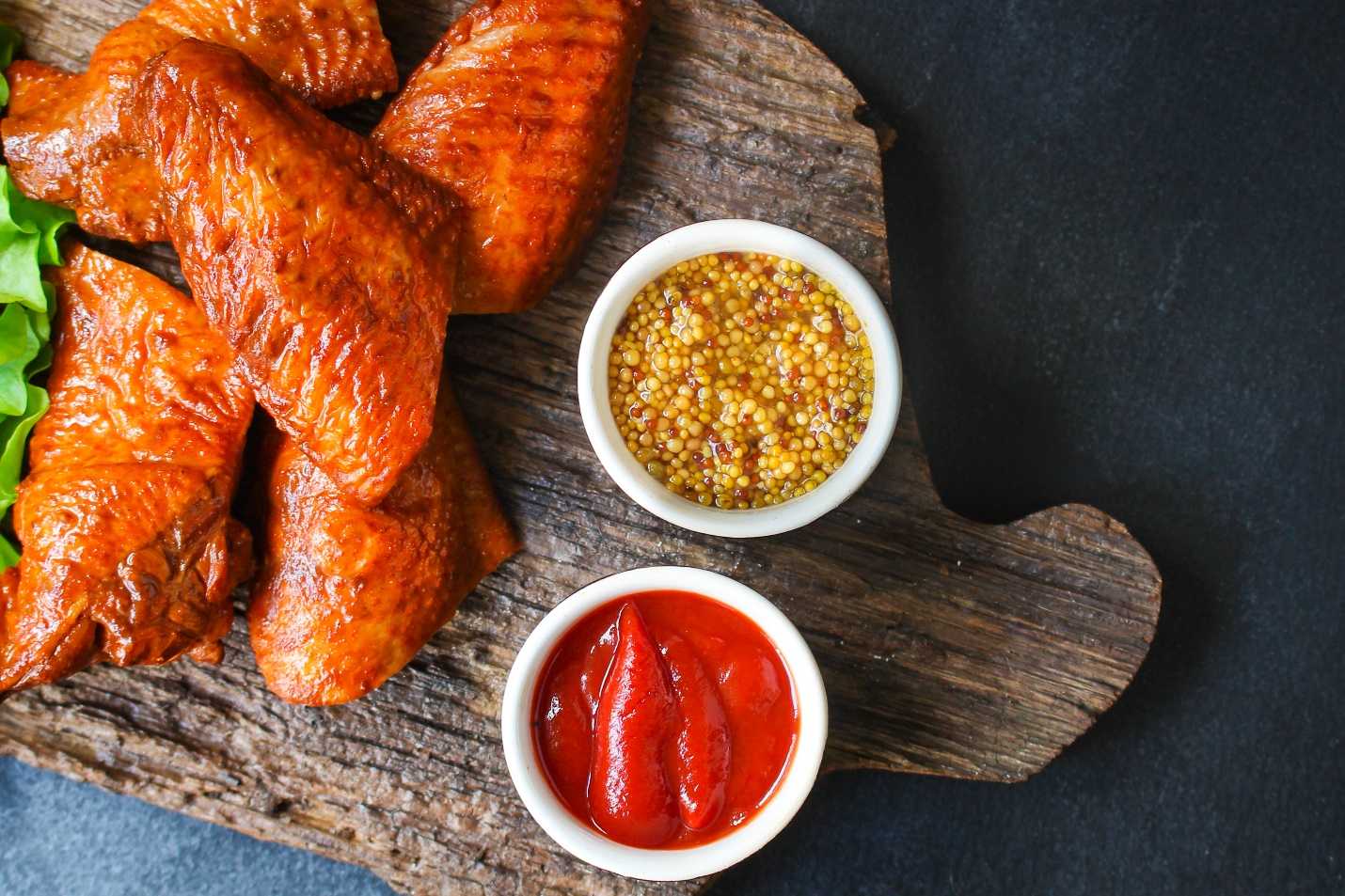
Snack bars, cookies, drinks, and other filthy, canned, or prepackaged foods taste good and are easy, but they aren’t all good for you. In reality, eating mostly dirty-keto foods like fast food, junk food (like keto chips and cookies), and heavily processed foods and snacks causes chronic inflammation and nutritional deficiencies. Our cells aren’t adequately fueled on the filthy keto diet, just as they aren’t on the traditional American diet.
Is Dirty Keto Diet Effective For Weight Loss?
In all likelihood. However, the benefits of the dirty keto diet end there, and there are significant health risks to be mindful of as well. For instance, the keto diet is deficient in essential micronutrients such as vitamins, minerals, and enzymes. Processed foods are also high in sodium, which can cause bloating and inflammation.
You’re also more likely to gain back the weight you’ve lost, as well as get more cravings and be less satisfied. Cravings, bloating, and withdrawal symptoms are all common symptoms of what is known as the “keto flu,” [5] and dirty keto foods can cause them.
Foods that are dirty keto aren’t always packaged. They do have a lot to do with the ingredients, in fact. You could be using “dirty” ingredients even though you cook at home. Here’s a list of “dirty keto” foods:
- Refined oils such as canola oil, palm oil, and Trans fats are also used in fast food and prepackaged snacks. If you buy keto-friendly foods, look for partially hydrogenated oils and Trans fats on the packaging. Snacks made from high-quality ingredients, such as coconut oil, should be examined.
- Processed foods including deli meats, bacon, and hot dogs are high in sodium and nitrates. (Some firms, such as Applegate Farms, Butcher Box, US Wellness Meats, and Pederson’s, make grass-fed, organic, and nitrate-free versions of processed meats that are excellent alternatives.)
- Fast food is rich in bad oils, factory-farmed meats, and unidentified added ingredients, and it is nutritionally deficient.
- While diet soft drinks do not contain sugar, they do contain artificial sweeteners, food coloring, and other unidentified ingredients.
- Excessive dairy from factory farms: Some individuals are allergic to dairy, while others are not. Even if you don’t have difficulty digesting dairy, it’s important to get the highest quality possible. Because of antibiotics and the cow’s diet, grass-fed, cultured, full-fat cottage cheese is superior to traditional full-fat cottage cheese (often fed genetically modified corn and soy). The cultured version contains probiotics, which are beneficial to optimal health.
- “Keto Doritos” and other “keto chips” are high in sodium and are cooked in low-quality oils.
- Roasted, salted nuts: they’re often roasted in low-quality oils high in sodium and other unknown ingredients. Check the nutritional information on the package on a regular basis.
What Keto Foods and Ingredients are Considered Clean?
A clean keto diet is more nutrient-dense and sustainable, as previously said. In comparison to a filthy keto diet, clean eating is also very easy to follow since there are no confusing ingredient lists to decipher. A list of clean keto foods is given below:
- Coconut milk, grass-fed meat, and pasture-raised poultry (a dairy-free, vegan option)
- Fish that have been caught in the wild and is sustainable
- Eggs
- Coconut oil, coconut butter, ghee, olive oil, avocado oil, lard, tallow, and pasture-raised bacon fat are all good sources of healthy fats.
- Vegetables poor in starch (think zucchini, cauliflower, green beans, and leafy greens for starters)
- Blueberries, blackberries and strawberries should be consumed in moderation.
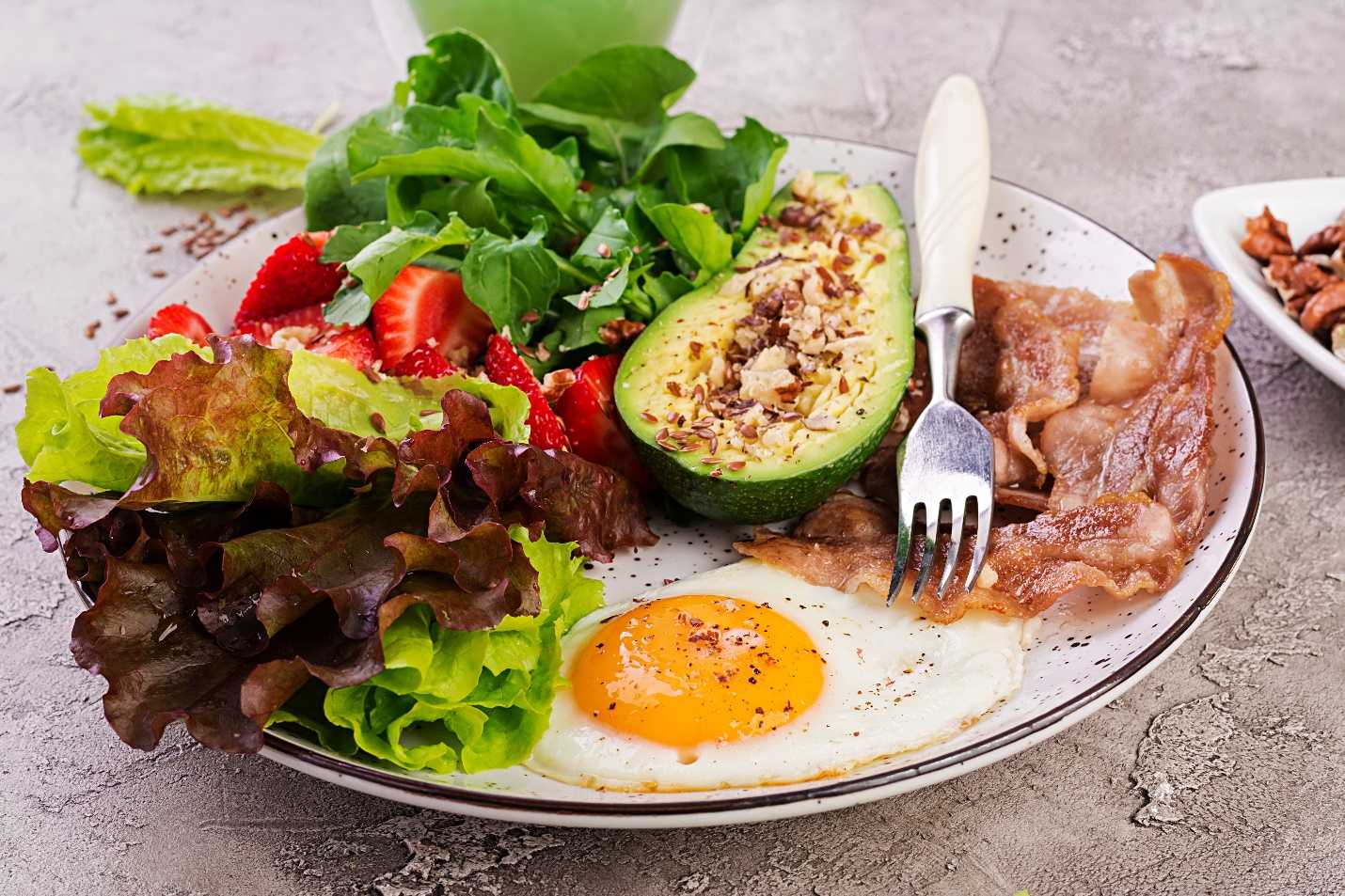
Is it Possible to Have a Clean Keto Diet Sometimes?
True, whole foods should be the main focus of a ketogenic diet. However, there are times when “dirty” keto foods are appropriate, such as when you are travelling, rushed, or just need a quick fix. Just remember not to rely entirely on dirty keto for your everyday macros, and instead seek out keto-friendly foods and clean keto meals made with more fresh, real-food-based ingredients. Put as much focus on food quality as possible, and your body will gain more nutrients, even though you’re consuming a dirty keto diet.
